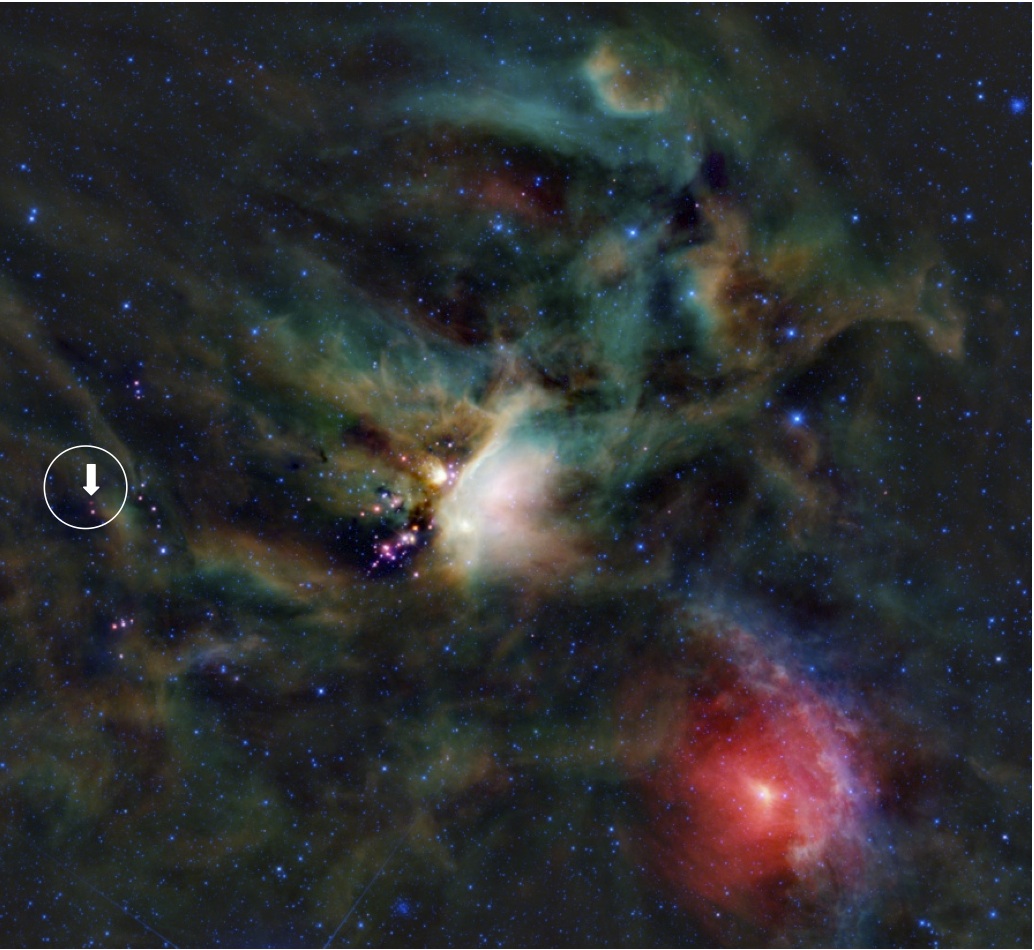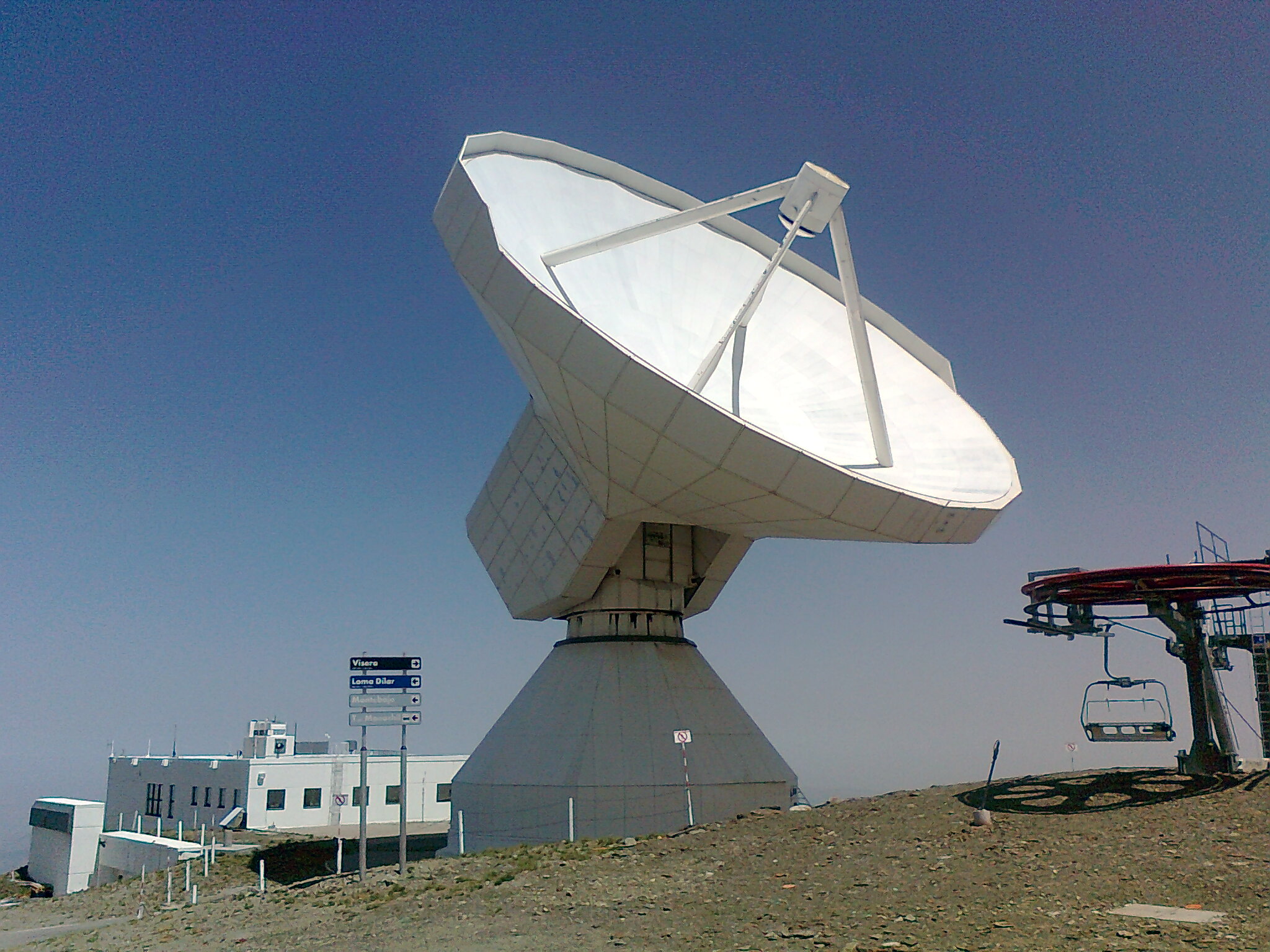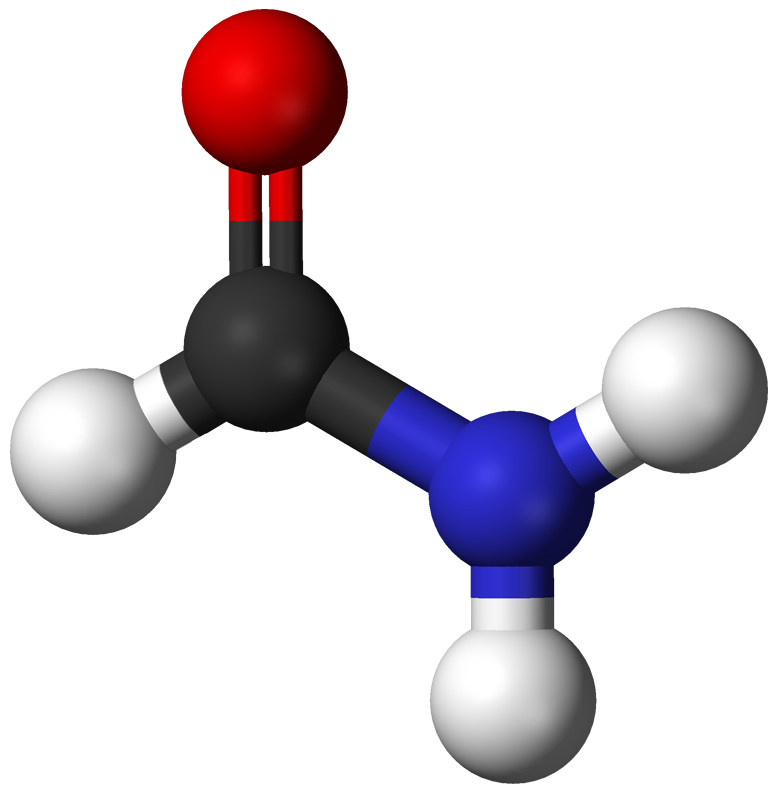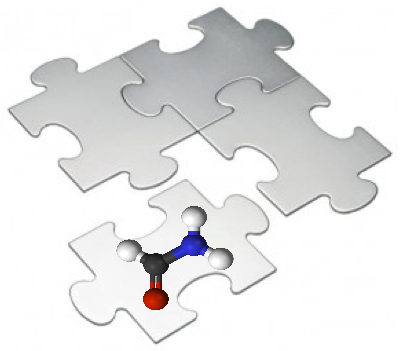News
Formamide, a key molecule in the life appearance, detected in the neighborhood of a sun-like forming star
A French team of scientists from the Institute of Planetology and of Astrophysics in Grenoble (IPAG, Joseph Fourier University / CNRS) and from the Research Institute in Astrophysics and Planetology (IRAP, University of Toulouse / CNRS) has just announced the presence of formamide in the gas surrounding IRAS 16293-2422, a sun-like forming star in the Rho Ophiuci nebula. This discovery, published on January 16th, 2013 in the Astrophysical Journal Letter (ApJ 763, L38), could represent an important step in our understanding of the origin of life on Earth.
 |
| Rho Ophiuci Nebula (Credit: NASA, JPL-Caltech, WISE Team - apod.nasa.gov/apod/ap110414.html |
The Rho Ophuichi cloud, located at about 400 light-year from the solar system, is a stellar nursery.
This false color image of the cloud's infrared emission shows large amounts of gas giving birth to stars, as well as numerous still forming or already mature stars. The little red dot at the arrow's end is the young solar-type star IRAS16293-2422 ; its infrared emission comes from the dust and gas cocoon in which the baby star is still buried.
Understanding the origin of life on Earth is obviously one of the major challenges of modern science. Finding the answer implies putting together and solving a multidude of riddles. Many of them have one word in common: chemistry. What was the basic chemical mechanism that led from the atoms created in the interiors of stars, up to the molecules of life? Was the crucial factor the metabolic energy conversion, or the genetic passage of information? Or both? Is there a molecule, which may have been the key to both of them? Recent biochemistry studies argue that formamide (NH2CHO) may have been the starting point for the prebiotic synthesis of molecular species that are later used in metabolism and genetic information: amino acids, nucleic acids, sugars, carboxylic acids....
In this context, the formamide discovery in the environment of a forming solar-type star might represent a new stage of our understanding of the increase in chemical complexity during the history of our own Sun and the solar system. Thus, the detection of formamide lines in the radio spectrum emitted by the gas surrounding the young sun-like star IRAS 16293-2422, in the nebula of Rho Ophiuchi is an important result.
These observations have been obtained thanks to the new spectral receivers installed on the IRAM 30m telescope.
 |
| IRAM 30m Radiotelescope. Credit: C. Kahane, IPAG-OSUG |
Located in the Sierra Nevada, in the South of Spain at 2850m altitude, it is one of the largest and most sensitive radio telescopes in the world operating in the millimetre wave range. Since 1984, numerous extraterrestrial molecules have been discovered thanks to the observations performed with this instrument.
The analysis of thousands of molecular lines emitted by the gas surrounding IRAS 16293-2422 and a very careful comparison of these astrophysical data to the laboratory spectra of terrestrial molecules allowed the French team to detect and identify 39 lines emitted by the formamide molecule. Relatively close to the Earth (400 light years), IRAS16293-2422 is easy to observe. Since almost 30 years, it is considered as the prototype of the solar-type forming stars, and numerous observations of this source have been performed, in particular with the IRAM instruments, the Herschel satellite, and more recently, with the very large international interferometer ALMA.
With the help of previous studies (in particular IRAM interferometer observations), which allowed us to know the size of the gas cocoon responsible for the observed emission, it has been possible to derive the formamide abundance.
Before this work, formamide was detected towards only two interstellar sources, the Orion cloud and the Sagittarius B2 cloud. Both regions are well known sites of massive star formation and present environmental conditions (strong UV emission, intense X-ray irradiation) very different from those existing when our own Solar System formed. With the discovery of abundant formamide in a much more quiet environment, chemical models which had these energetic radiations playing an important role, must now be revised, in order to understand the synthesis of formamide.
A still more interesting result : compared to water, the essential molecule for life, formamide appears as abundant in the environment of IRAS 16293-2422 as in the halo of the Hale-Bopp comet ; this could indicate a relationship between the chemistry at work in the environment of IRAS 16293-2422 and the chemical processes occuring during the formation of our own solar system.
 |

The formamide molecule, NH2CHO is the simplest amide. The molecules called amides contain a nitrogen atom, N (blue), bound to the carbonyle group, C=O (red-black). They constitute an important biochemistry family, because they are responsible for the peptide bound between various amino acids in the proteins. Detection of formamide in the neighborhood of a forming Sun could thus represent an important fragment of the prebiotic chemistry puzzle.
Original Article published in ApJ 763, L38 - January 16, 2013
Detection of Formamide, the simplest but crucial Amide, in a solar-type protostar
Scientific Contacts :
Claudine Kahane, IPAG - OSUG : Claudine.Kahane@obs.ujf-grenoble.fr - 0476514566
Cecilia Ceccarelli, IPAG - OSUG : Cecilia.Ceccarelli@obs.ujf-grenoble.fr - 0476514201

